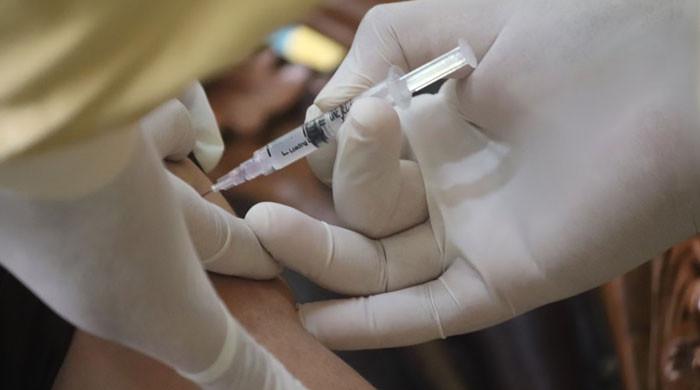[ad_1]

- R21/Matrix-M is mass manufactured by Serum Institute of India.
- Malaria kills over 600,000 every year globally.
- WHO chief says doses would value between $2 and $4.
The World Well being Group (WHO) has advisable an inexpensive, mass-produced malaria vaccine developed by the College of Oxford, in a significant improvement in opposition to the life-threatening illness unfold to people by some mosquitoes.
Malaria, a significant international well being challenge, primarily impacts infants and infants and has been a major downside for over a century. Nevertheless, agreements are already in place to supply over 100 million annual doses of the brand new vaccine — R21.
The illness is attributable to a fancy parasite, unfold by blood-sucking mosquitoes, which is extra subtle than a virus resulting from its shape-shifting contained in the human physique, making it troublesome to construct immunity naturally and develop a vaccine in opposition to it.
It’s virtually two years to the day for the reason that first vaccine — referred to as RTS,S and developed by GSK — was backed by the WHO, BBC reported.
Dr Tedros Adhanom Ghebreyesus, director-general of the WHO, stated: “I used to dream of the day we might have a protected and efficient vaccine in opposition to malaria, now we’ve got two.”
The UN well being physique said that each vaccines had been “very related” in effectiveness, however the important thing distinction was the College of Oxford’s capacity to fabricate R21 at a large scale.
Moreover, the Serum Institute of India, the world’s largest vaccine producer, plans to supply over 100 million doses yearly and plans to extend to 200 million, regardless of solely having 18 million RTS,S doses presently obtainable.
The WHO stated the brand new R21 vaccine could be a “very important further software”. Every dose prices $2-4 and 4 doses are wanted per particular person which is about half the worth of RTS,S.
Whereas the 2 malaria vaccines share related applied sciences and goal the identical stage of the parasite’s lifecycle, the newer vaccine is simpler to fabricate resulting from its smaller dose and easier adjuvant.
In 2021, there have been 247 million instances of malaria and 619,000 folks died, most of them youngsters below the age of 5. Greater than 95% of malaria is present in Africa.
Whereas discussing the potential of the vaccine, Dr Matshidiso Moeti, the WHO regional director for Africa, stated: “This second vaccine holds actual potential to shut the large demand-and-supply hole.
“Delivered to scale and rolled out broadly, the 2 vaccines might help bolster malaria prevention, management efforts and save a whole bunch of hundreds of younger lives.”
The R21 vaccine, regardless of not being subjected to a normal scientific evaluation course of, has been discovered to be 75% efficient in stopping malaria in seasonal areas, in accordance with knowledge printed on-line.
The WHO’s strategic advisory group of consultants means that malaria vaccine effectiveness is decrease in areas the place the parasite is current all yr spherical, corresponding to the primary vaccine’s effectiveness in seasonal areas.
Prof Sir Adrian Hill, director of the Jenner Institute in Oxford the place R21 was developed, stated: “The vaccine is definitely deployable, cost-effective and inexpensive, prepared for distribution in areas the place it’s wanted most, with the potential to save lots of a whole bunch of hundreds of lives a yr.”


